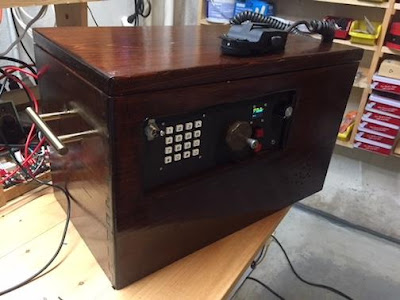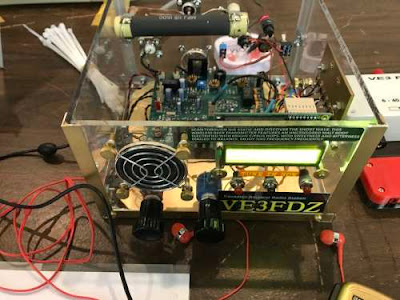Jack Purdum has been making enormous contributions to the radio art. His background with digital technology has opened many doors for homebrewers, especially through his books on the use of the Arduino microcontroller. I think his new "JackAl board" is really going to shake things up. I was glad that our correspondent in Ohio, Bob Crane W8SX, caught up with Jack and interviewed him for soldersmoke:
But I have one small disagreement with Jack. It has to do with the definition of "homebrew." Jack seems to define true homebrew as "designing and building your own rig from scratch." My problem is with the "designing" part. By this definition, those intrepid heroes of days-gone- by who saw a schematic in QST, ripped apart some old broadcast radios, and used the parts to build a 50 watt CW transmitter with a regen receiver were not true homebrewers. I would maintain that they were. I agree with Jack that kit building is a bit different, and of course designing the rig yourself earns you the coveted "designer" designation. But for me, if you start with a schematic and an article, gather the parts and build the thing yourself, that is a homebrew project and you are a homebrewer. After all, even the designers are very often making use of standard blocks of circuitry (Colpitts oscillators, common emitter amplifiers, power supply circuits, etc.)
I think we will have to turn to our lexicon expert Steve Silverman for a ruling.
In any case, thanks to Bob Crane and to Jack Purdum.













































